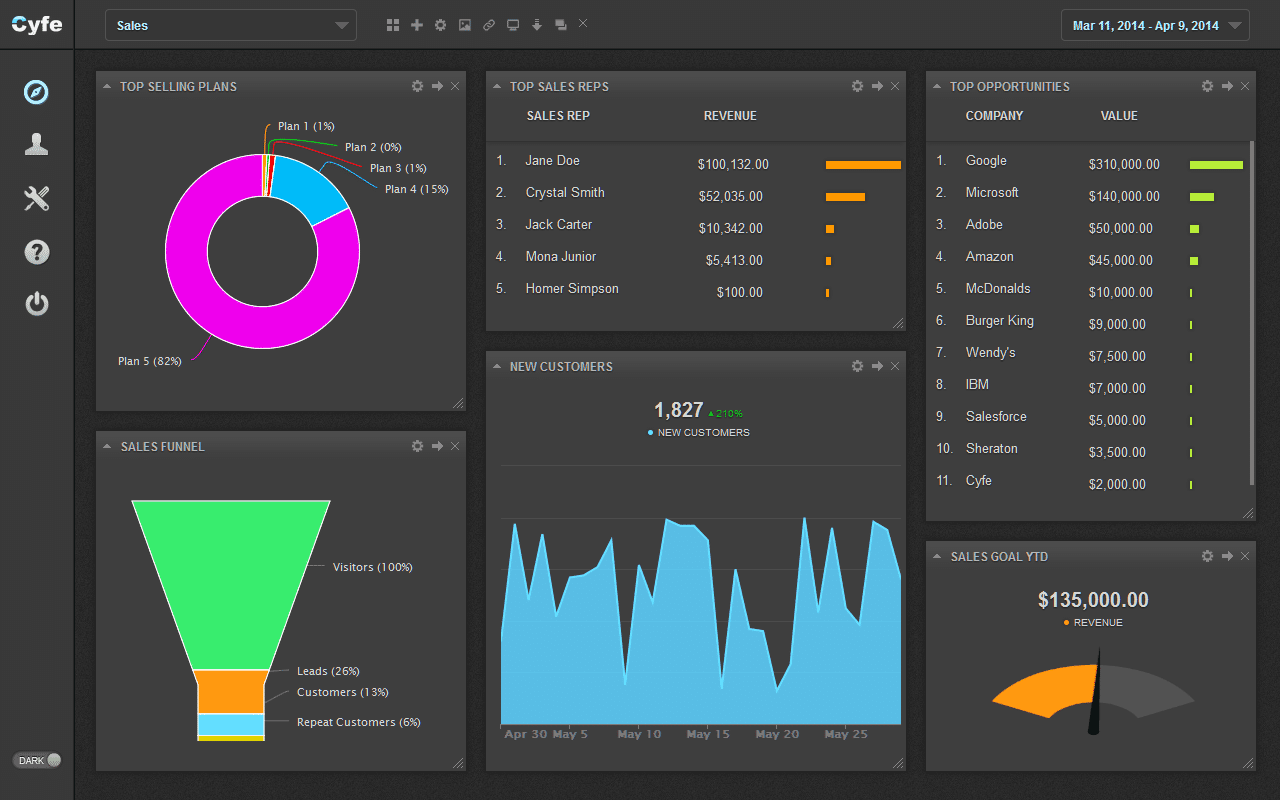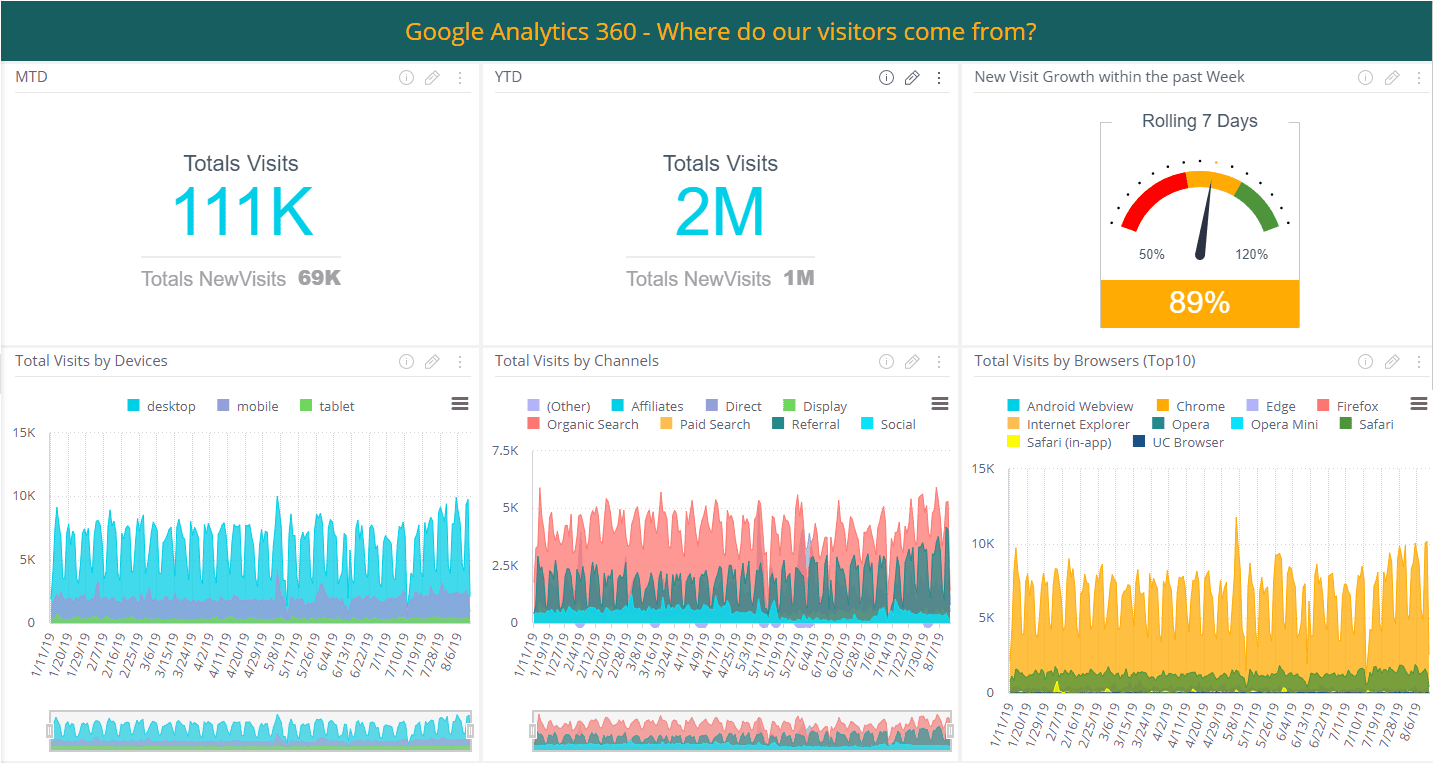Updated: January 24, 2024- 6 min read
Product Managers are endowed with the very complicated task of ensuring that a product is executed in the smoothest manner possible, from inception to delivery.
However, they can’t do it on their own — they have to rely on a set of powerful, multifunctional tools to ensure that the process runs appropriately. These tools are designed to boost the entire team’s productivity and also eliminate all the unnecessary clutter from the project that can damage a team’s workflow. To do that they need the best analytics tools available.
In this article, we’ll take a look at the some reliable analytical tools for Product Managers. Let’s dive right in, shall we?
Why Is Analytics Software Essential for Product Managers?
Product analytics tools are designed to ensure a better understanding of past performance in order to better predict the needs of a user in the future. In the modern business environment, being data-driven isn’t an advantage anymore; it’s a demand.
As software becomes more and more sophisticated, analytics become essential in understanding and predicting customer behavior and needs. Also, analytics software allows businesses to understand the viability of their ideas and the product’s overall progress over time. However, probably the most crucial feature that Product Management analytics offer is the opportunity to make calculated and informed decisions.
1. JIRA
This software has been around for so long in Product Managers’ arsenals that it’s become somewhat of a classic. Furthermore, it’s safe to say that this is a testimonial on its own.
JIRA allows team members to communicate efficiently by allocating, moving, and changing tasks within a particular project. The tool is also great at automating some parts of the product development, which allows minimizing the time expenditure, especially when it comes to more complicated tasks.
More importantly, Jira regularly reviews and optimizes its interface, which makes it very intuitive and easy-to-use.
Jira offers a large variety of both internal and external add-ons that facilitate data visualization and report creation.
2. Cyfe
This is a really popular web-based dashboard for organizations of various sizes. While it’s beneficial for Product Managers, it can be used by business owners, as well as stakeholders, to get an in-depth understanding of a product’s performance over a certain period.

Cyfe is excellent for analytics because it can quickly extract all the data from multiple adjacent tools like Salesforce, a variety of social media networks, MailChimp, Xero, Google Analytics, almost anything you can think of.
More importantly, Cyfe can also visualize and manipulate data in order to extract complex insight from it. This allows teams to identify trends and subtle interdependencies.
3. GoodData
This platform is an all-embracing tool for data visualization — something Product Managers and business owners rely regularly. It follows five steps to provide its users with in-depth reports — collect, store, combine, , and visualize.
It’s considered among the best in the department of data grabbing too. GoodData lets you cross-reference a vast array of information types, along with creating very appealing and detailed reports. It extracts data from many different sources, from traditional databases to publicly available data and cloud-based sources.
4. Zoho Reports
Another analytics tool for Product Managers very proficient in data visualization. Zoho Reports does not discriminate against the size of the organization using it — it’s equally suitable for small and large businesses.
Zoho has a full spectrum of great tools that range from pivot tables and tabular view components to KPI tracking and sharing and beyond.
It has an intuitive drag-and-drop interface that allows you to create compelling and detailed reports even if you’re the non-technical Product Manager. Ease-of-use is often a great advantage for analytics software users — many users report that these tools seem to be impenetrable at first glance (of which GoodData is an example).
5. SAP Lumira
This is a great tool that allows Product Managers to interpret large amounts of data into intelligible and visually appealing reports. Similar to most of the tools presented in this article, Lumira isn’t designed exclusively for companies of a particular size.

While it’s a data visualization tool like many others, one of its distinctive traits is the predictive functionality that provides its users with the causality behind some of the data in the reports that it generates. Its straightforward interface makes it very simple to use for both technical and business personnel that allows a smoother communication and collaboration between departments.
6. Google Analytics 360 Suite
Google Analytics has been around forever. Google is famous for creating great products, and their analytics tool is by no means an exception. However, it’s safe to say that it aims to satisfy an extensive range of functions, which means that it isn’t necessarily ideal for Product Managers specifically. Considering Google’s propensity to satisfy the needs of the general public, rather than narrowing their services down to specific groups, their analytics tool can be used by everybody, from solo website owners to legal translation agencies like the Word Point and beyond.

Nevertheless, if you take the time to study Google Analytics, especially its Premium iteration called Google Analytics 360 Suite, you’ll be able to easily replace any other tool that the market has to offer. It allows you to better understand user behavior by studying visitor traffic. In effect, this will enable you to see the bigger picture in regard to your customers’ needs.
Conclusion
Selecting the right tool for data analytics and visualization is a very complicated task, especially for a Product Manager. The market has a lot to offer, and the tool you decide to go with will partly define your outlook on your projects and their success. We’re confident that this list will narrow your choices down so that you can find the best match depending on your company’s size, your budget, and your style of management.
If you are looking for more tools and software, make sure to stop by Productverse, our one-stop shop for all things product tools!
Meet Erica Sunarjo

Erica Sunarjo is a professional writer, translator, and editor with a Master’s degree in Marketing and Social Media. She writes thought-provoking articles for publications in a variety of media and is an active member of the translator community.
Updated: January 24, 2024




